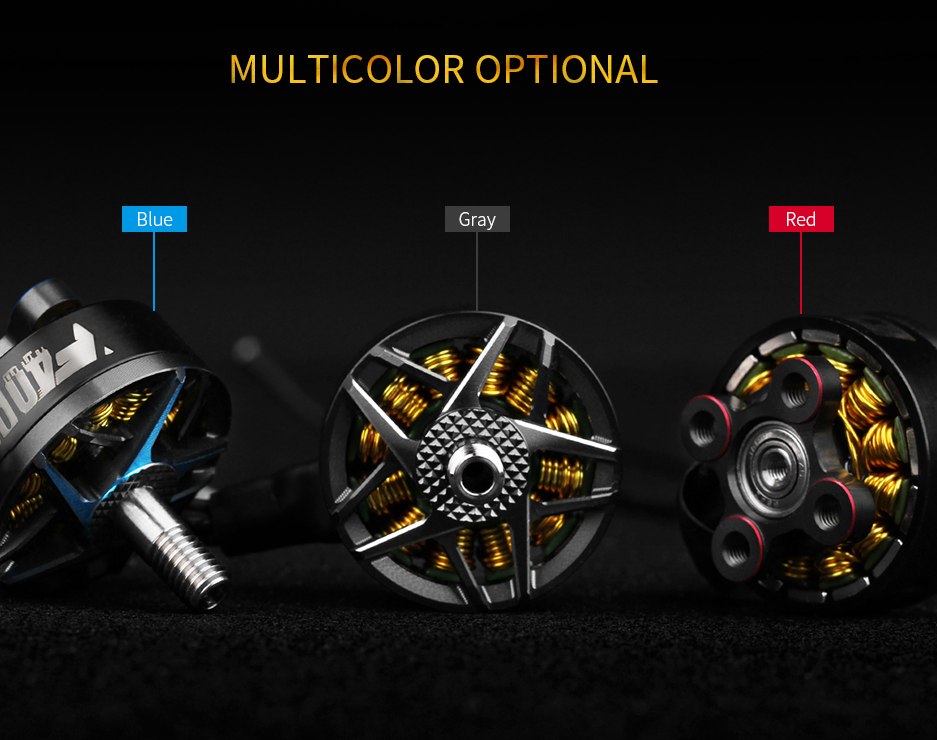Choosing the Right Drone Motor: A Guide for Beginner
When it comes to building or upgrading a drone, choosing the right motor is critical to ensuring that your drone performs well and operates safely. There are many different types of drone motors available, each with its own unique features and benefits. In this article, we will provide a beginner's guide to choosing the right drone motor, covering the key factors you need to consider.

Motor Type
The first thing you need to decide when choosing a drone motor is what type of motor you need. There are two main types of drone motors: brushed and brushless. Brushed motors are less expensive and simpler to operate, but they also have a shorter lifespan and are less efficient than brushless motors. Brushless motors, on the other hand, are more expensive but more durable and efficient. They are typically used in higher-end drones that require more power and longer flight times.
Motor Size
The size of the motor you choose will depend on the size and weight of your drone. Larger drones require larger motors with more power, while smaller drones can use smaller, less powerful motors. When choosing a motor, you will need to consider the weight of your drone, as well as any additional payload you plan to carry. The motor should be powerful enough to lift the weight of the drone and any additional equipment you plan to use.
Motor KV Rating
The KV rating of a motor is a measure of its rotational speed. It represents the number of revolutions per minute (RPM) that the motor can achieve for each volt of electricity supplied to it. A higher KV rating means that the motor will spin faster, but it will also consume more power and generate more heat. Lower KV ratings are typically used for larger drones that require more torque and lower RPMs.
Propeller Size
The size of the propeller you use will also affect the motor you choose. Larger propellers require more power to turn, so you will need a motor with a higher power rating if you plan to use larger propellers. Smaller propellers require less power and can be used with smaller, less powerful motors.
Power Rating
The power rating of a motor is an indication of the amount of power it can produce. It is typically measured in watts and represents the maximum amount of power that the motor can produce without overheating or failing. When choosing a motor, you will need to consider the power requirements of your drone, including the weight of the drone, the size of the propellers, and any additional equipment you plan to use.
Conclusion
Choosing the right drone motor is essential to ensuring that your drone performs well and operates safely. By considering the factors outlined in this article, including motor type, size, KV rating, propeller size, and power rating, you can make an informed decision when choosing a motor for your drone. If you are unsure which motor to choose, it is always a good idea to consult with an expert or experienced drone builder who can help you select the best drone motor for your specific needs.

评论
发表评论